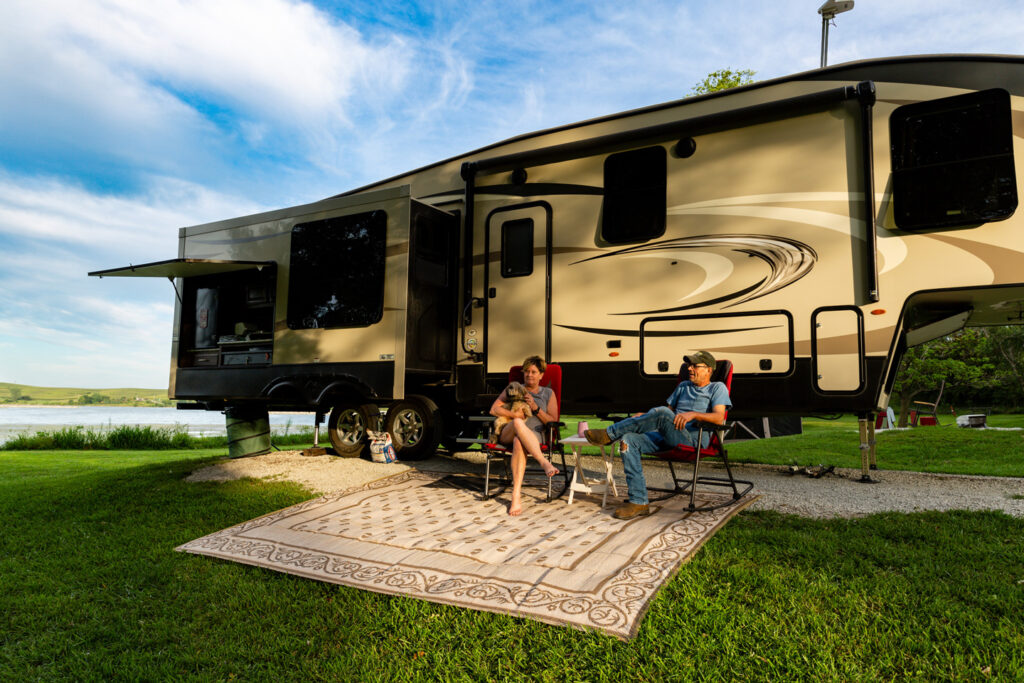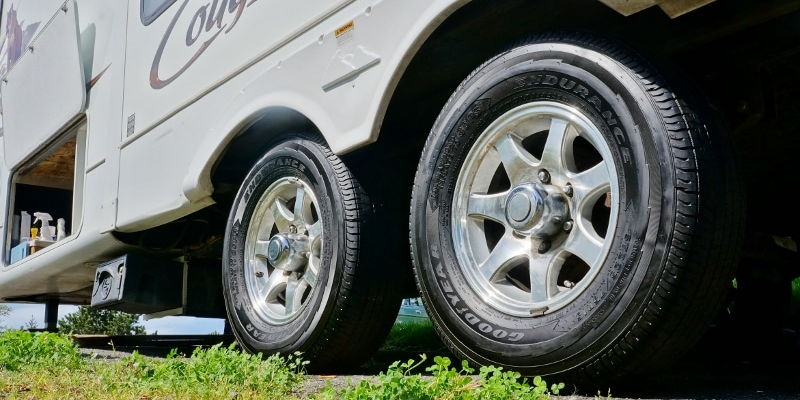The Most Common RV Repairs: A Guide to Costs & Prevention
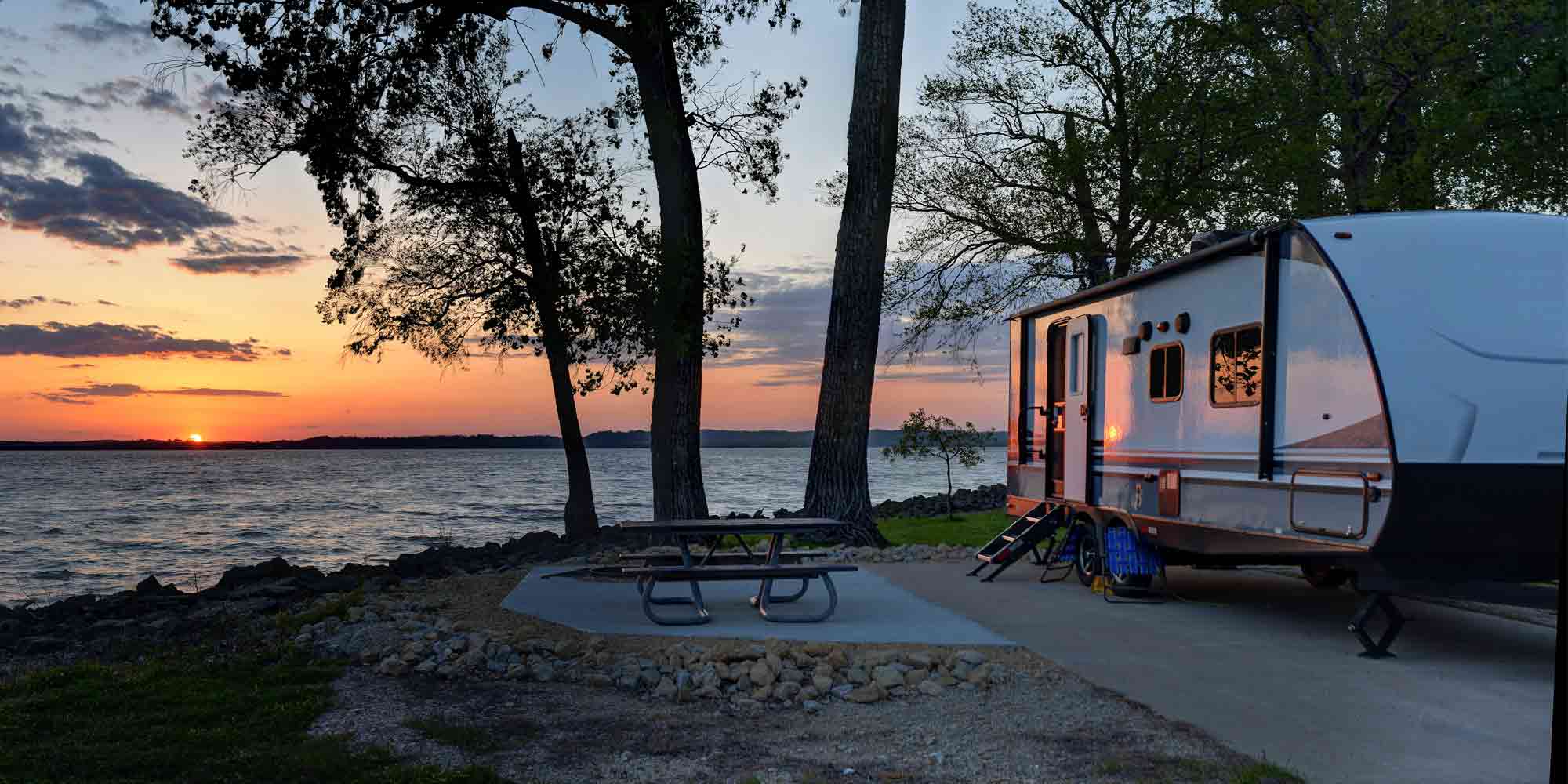
Maintaining your RV involves many common repairs. It's not rare to deal with some of these issues in the first year of ownership, so don't freak out! We've talked to top techs, warranty companies, and insurance agents to help you understand how to offset the out-of-pocket costs when it comes to the most frequent issues and their estimated repair expenses.
Roof Leaks
- Common Cause: Age, weather damage, poor maintenance.
- Repair Cost: $300 - $1,000 for patching; full roof replacement can cost $5,000 - $10,000.
Remedy: Bi-annual roof inspections will pay off in the long run. And some insurance companies will cover the roof on a new unit.
Slide-Out Issues
- Common Cause: Mechanical or electrical failures of the slide-out motors or mechanisms.
- Repair Cost: $500 - $2,500 depending on the extent of the issue.
Remedy: Occasional greasing and re-alignment is a great idea. And extended warranty companies cover the motors and control boards on these systems.
Plumbing Problems
- Common Cause: Frozen pipes, leaks, faulty fixtures.
- Repair Cost: $200 - $1,500 depending on the complexity of the repair.
Remedy: For cold climates, winterization is a must. Inspect hoses and pipes often, before any major damage can occur.
Electrical System Failures
- Common Cause: Faulty wiring, blown fuses, battery issues, converter/inverter problems.
- Repair Cost: $150 - $1,500 depending on whether it's a simple fix or a major electrical overhaul.
Remedy: Pray for the best. Unfortunately, these failures are unpredictable and often expensive due to labor costs, making them a prime reason to have warranty coverage.
Tire Replacement
- Common Cause: Normal wear and tear, road hazards, blowouts.
- Repair Cost: $200 - $1,000 for a set of tires.
Remedy: Buy from a reputable brand and check tire pressure often. Most extended warranty companies offer a tire and wheel protection package as an add-on.
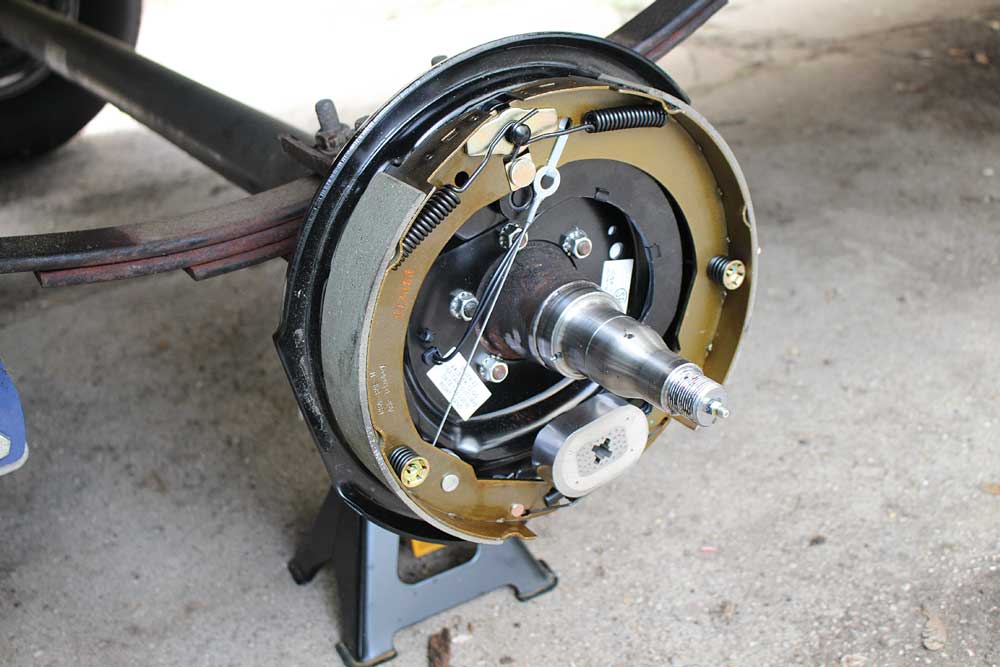
Brake Repairs
- Common Cause: Standard wear and tear, lack of maintenance.
- Repair Cost: $300 - $1,000 per axle.
Remedy: Add brake pads and fluid checks to your pre-trip inspection checklist. This is a maintenance item, but failures resulting from other covered parts can be included in some plans.
Air Conditioner Repairs
- Common Cause: Faulty compressors, refrigerant leaks, control board failures.
- Repair Cost: $400 - $2,200.
Remedy: It's best to have a pro clean the coils and check the system seasonally. Warranty companies replace thousands of these units every year.
Generator Issues
- Common Cause: Lack of maintenance, fuel problems, carburetor issues.
- Repair Cost: $250 - $2,000 depending on whether it's a minor fix or a major component replacement.
Remedy: Change the oil and filter periodically. Any major mechanical failure would typically be covered by an extended warranty.
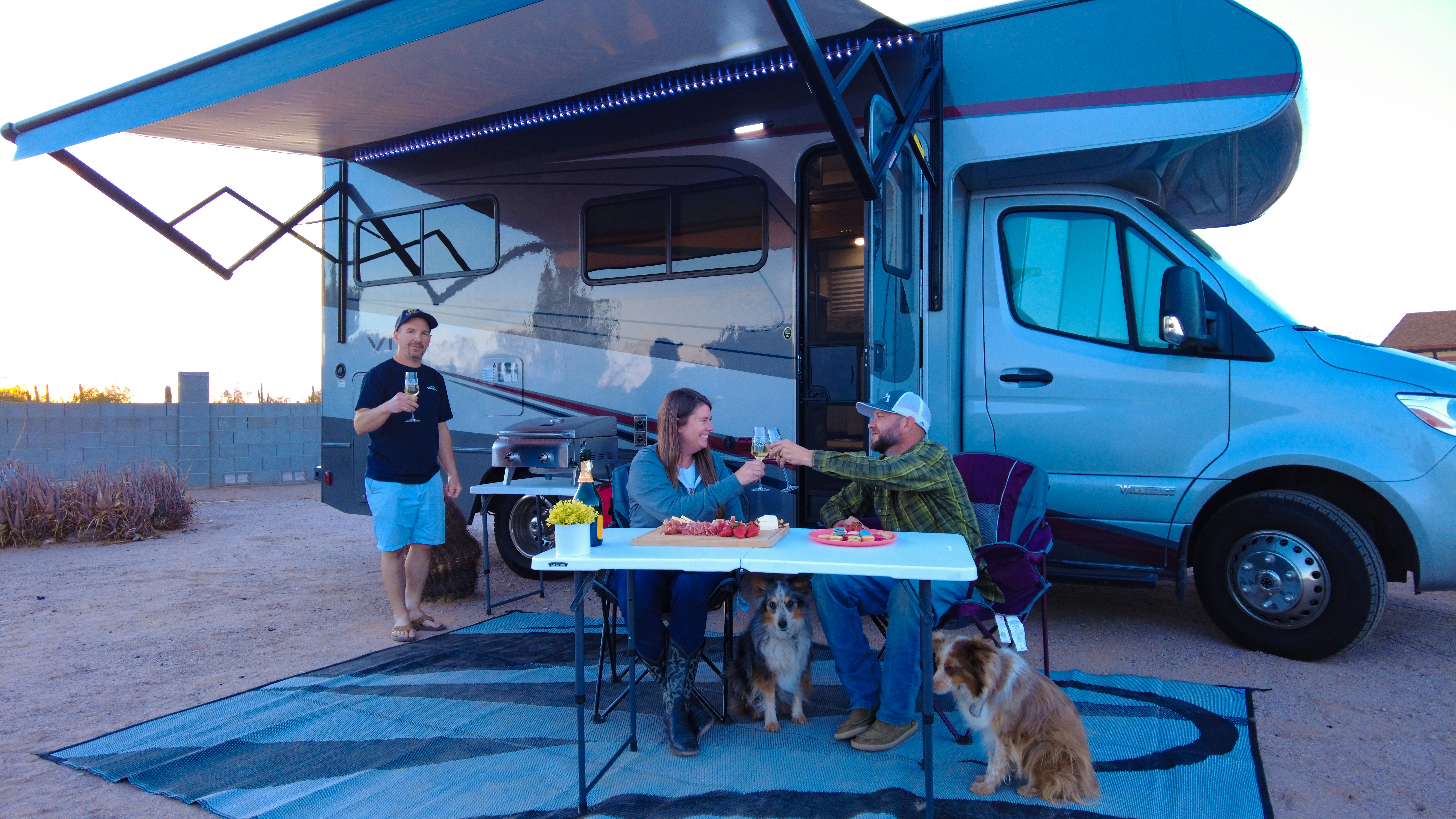
Awning Problems
- Common Cause: Weather damage, mechanical failure of the motor or arms.
- Repair Cost: $350 - $2,800.
Remedy: Always keep an eye out for wind. While fabric damage is often covered by insurance, let the warranty company take care of the expensive motors and hardware.
Water Heater Repairs
- Common Cause: Malfunctioning heating elements, control boards, or leaks.
- Repair Cost: $250 - $1,200.
Remedy: It always tends to be the control board or a heating element. A good warranty fixes these every day.
Refrigerator Repairs
- Common Cause: Cooling unit failure, electrical issues, control board problems.
- Repair Cost: $800 - $2,100.
Remedy: For an RV fridge, it's often a matter of when, not if, a repair is needed. Check with your warranty provider about coverage for these essential appliances.
Preventive Maintenance Recap
- Regular Inspections: Regularly check the roof, seals, tires, and undercarriage.
- Proper Winterization: Ensure the RV is properly winterized to prevent plumbing and other cold-related issues.
- Scheduled Servicing: Stick to a maintenance schedule for oil changes, filter replacements, and system checks.
Know Who to Call
- Warranty Coverage: For major mechanical and electrical failures, your first call should be to your warranty provider to start a claim and get authorization for repairs.
- Insurance: For damage related to accidents, theft, or natural disasters (like storm damage to an awning), you'll need to contact your RV insurance company.
- DIY Repairs: Some simple fixes like changing a fuse or a lightbulb can be done by the owner, saving on labor costs.
